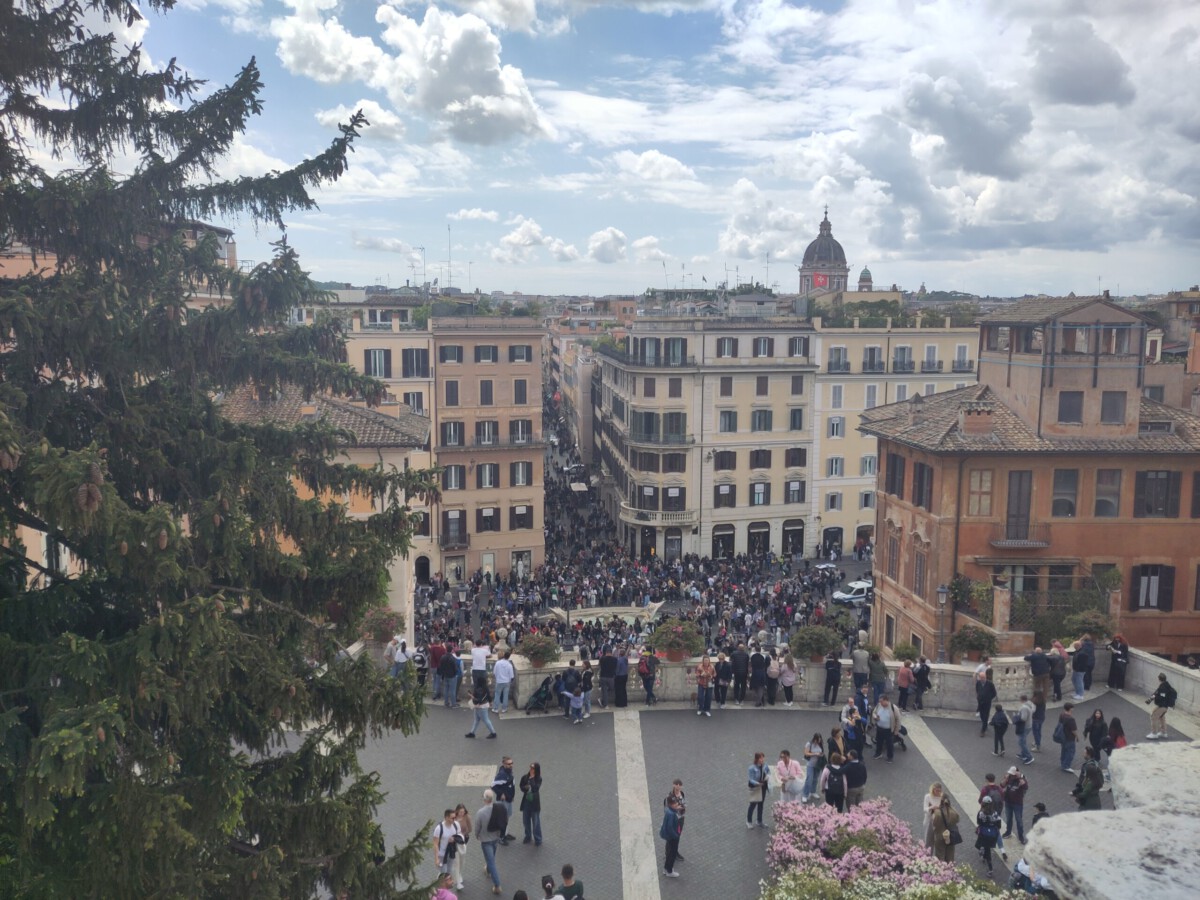Santorini, Greece: The Reality Behind the Picturesque Views

The dreamy blue-domed churches and sparkling caldera of Santorini have graced countless postcards and Instagram feeds. But the reality on the ground can leave you breathless for all the wrong reasons—especially during peak tourist season. According to the Greek Tourism Ministry, over 2 million travelers visited Santorini in 2023, packing the narrow alleys of Oia and Fira to the brim. If you’re not a fan of jostling through crowds for the perfect sunset shot, timing your trip for late spring or early fall is a game-changer. Prices for hotels and restaurants can skyrocket by up to 50% in high season, so budgeting carefully is essential. The island’s terrain is steep and hilly, so forget the sandals and pack your comfiest walking shoes. Exploring the island’s villages by foot means endless staircases and cobbled paths—picturesque, but not always easy. And while the views are stunning, finding a quiet moment to enjoy them can take some creativity and patience.
Bali, Indonesia: Beyond the Instagram Filters
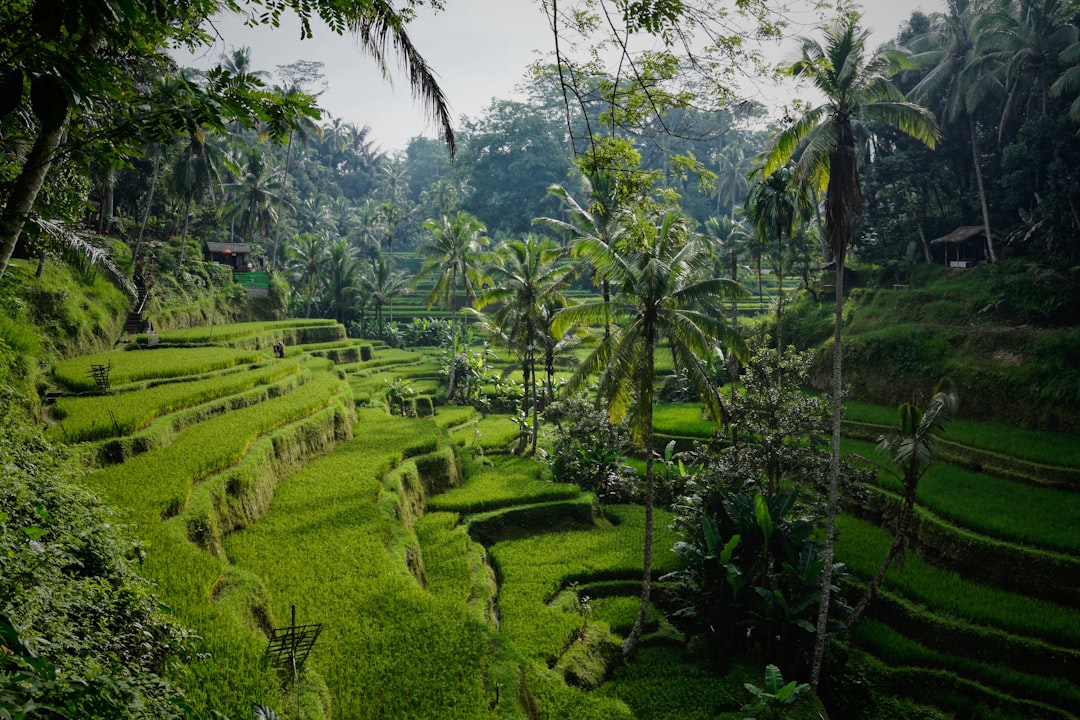
Bali’s lush rice terraces, cascading waterfalls, and ancient temples lure millions each year, but filtered photos can gloss over the island’s real struggles. The Bali government reported in 2024 that more than 60% of the island’s beaches were affected by plastic waste, a consequence of booming tourism and local infrastructure struggles. The environmental impact is visible, especially during the rainy season when trash washes ashore. Many travelers don’t realize that the iconic rice fields are not just pretty backdrops—they are living, working farms with deep cultural roots. By hiring a local guide, you learn not just about the scenery but also about the spiritual and agricultural traditions that shape daily Balinese life. Overdevelopment has led to traffic jams in hotspots like Canggu and Ubud, so patience is a must. Simple acts like joining a beach clean-up or supporting eco-conscious businesses can help offset your footprint. Bali’s magic is real, but it’s layered with complexity—and a little effort can make your visit more meaningful.
Machu Picchu, Peru: More Than Just a Hike
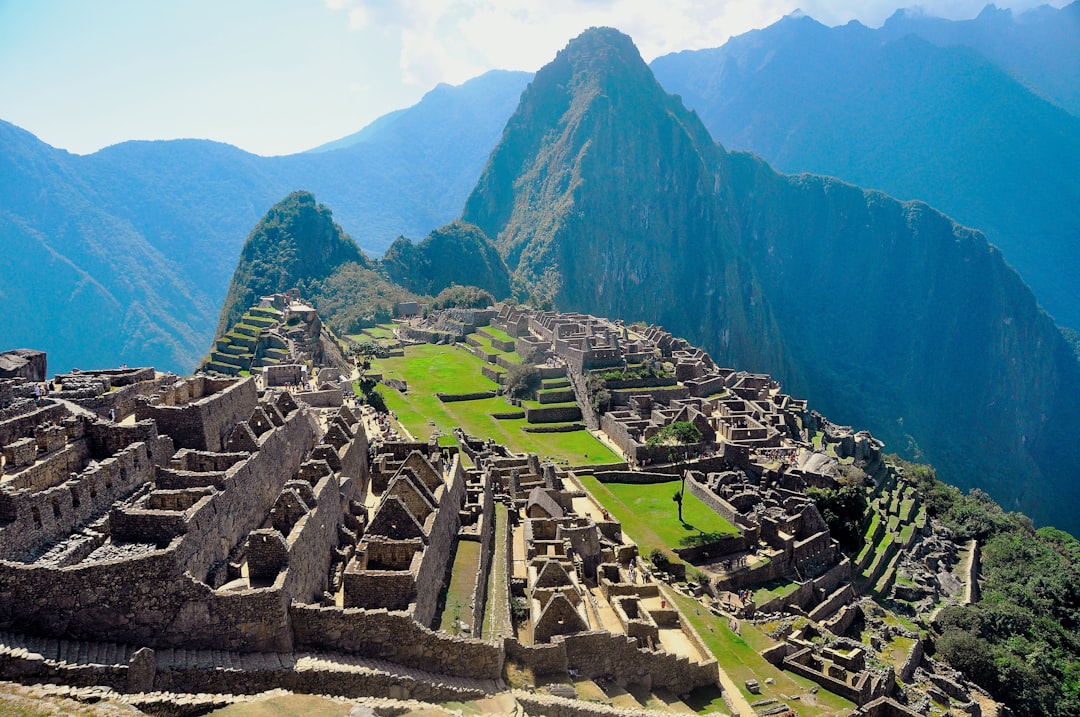
The first glimpse of Machu Picchu’s ancient stone terraces is unforgettable, but reaching the site takes more than hopping off a train. As of 2025, new government regulations cap daily visitors at 2,500 to protect the fragile ruins—so tickets often sell out weeks in advance. The altitude, nearly 8,000 feet above sea level, can catch travelers off guard, making acclimatization in Cusco or the Sacred Valley a smart move. Altitude sickness is real, with symptoms ranging from headaches to nausea, so it pays to listen to your body and take things slow. The rainy season (November to March) brings fewer tourists and lush landscapes, but it also means muddy trails and potential site closures. The hike itself, whether on the Inca Trail or alternative routes, demands a basic level of fitness and sturdy footwear. Hiring experienced guides not only enriches your understanding of Inca history but also supports the local economy. Machu Picchu isn’t just about the destination—the journey is every bit as memorable.
The Maldives: A Luxurious Escape with Hidden Costs

The Maldives promises turquoise lagoons and overwater villas, but many travelers are blindsided by the price tag. In 2023, the average cost for a night in a resort was about $500, with meals and activities often priced separately. Getting from the international airport to your resort isn’t as easy as hailing a cab—seaplane transfers can run over $300 per person, each way. All-inclusive packages can help, but it’s wise to read the fine print and add up all the extras before booking. Many resorts are located on private islands, which means you’re cut off from local culture and daily life unless you arrange a day trip to a local island. Some travelers find this isolation peaceful, while others miss out on the vibrant Maldivian heritage. Even activities like snorkeling, diving, or spa treatments often come with extra charges, so budgeting in advance is crucial. The Maldives is paradise, but paradise comes at a premium.
Kyoto, Japan: Embracing Tradition Amidst Modernity
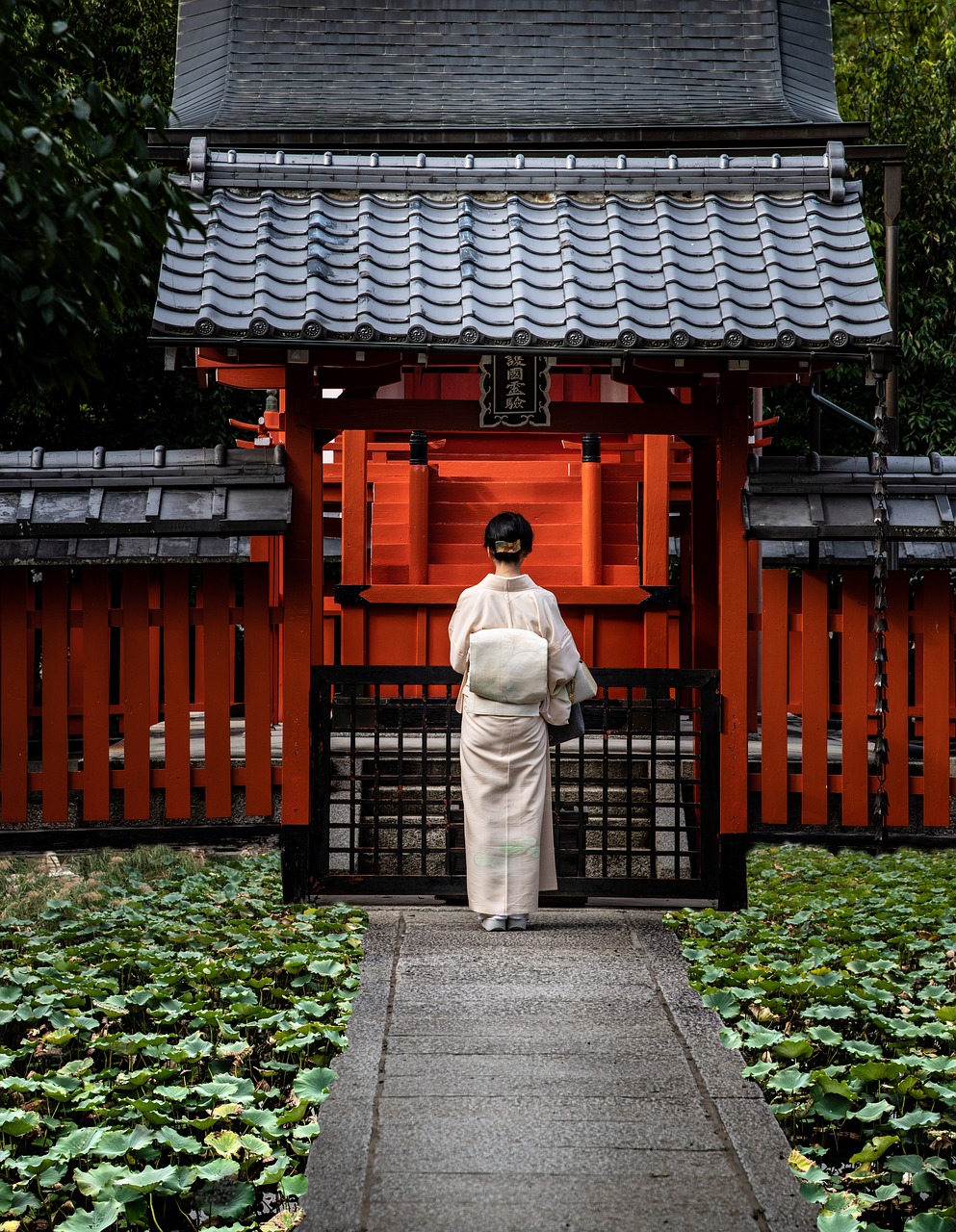
Kyoto’s golden temples, tranquil gardens, and geisha districts seem straight out of a storybook, but behind the scenes, the city is bustling. In 2024, Kyoto recorded a staggering 50 million visitors, leading to crowded temples and lines that snake around the block. To find moments of peace, it pays to seek out lesser-known shrines and gardens, where you can soak in centuries of tradition away from the crowds. Understanding local customs, like bowing at temple entrances or observing silence in sacred spaces, can make your experience more authentic. Kyoto’s culinary scene is a treasure trove, and trying kaiseki—a multi-course tasting menu—offers a window into Japanese hospitality and meticulous preparation. Public transportation is efficient, but buses can get packed, especially during cherry blossom season. In summer, the city’s humidity is relentless, so lightweight clothing and plenty of water are a must. Kyoto’s charm lies in its contrasts—modern convenience meets timeless tradition at every turn.
New Zealand: Nature’s Playground with Practical Challenges
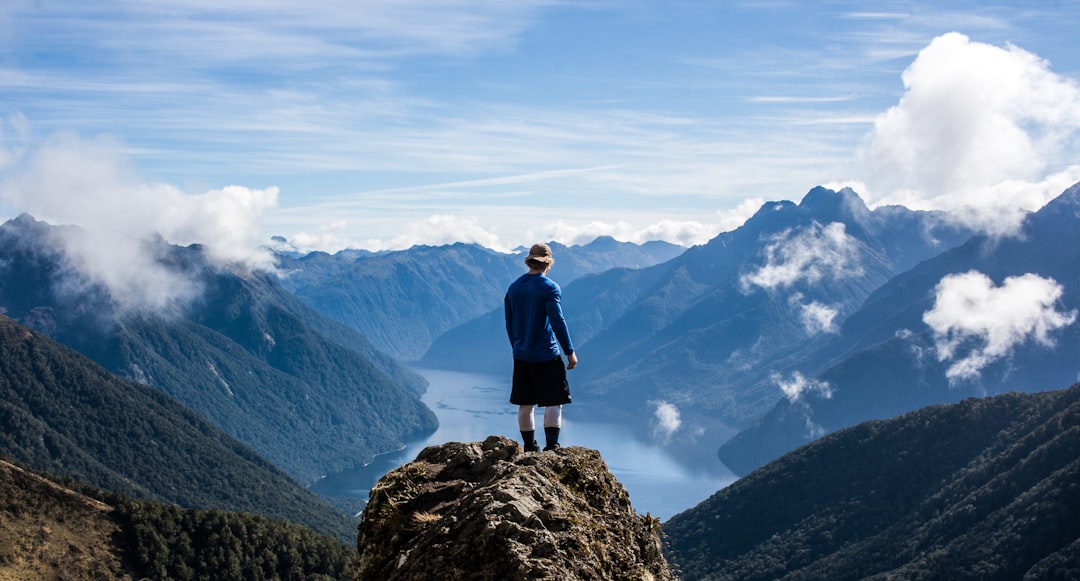
New Zealand’s wild beauty is legendary, but exploring it requires some serious planning. The government’s 2025 tourism report notes that some infrastructure remains stretched, with a few popular sites still recovering and reopening after recent events. Renting a car is almost essential, since public transport between attractions can be limited and infrequent. The distances between highlights like Fiordland, Rotorua, and the Bay of Islands are vast—be ready for long drives and ever-changing scenery. Outdoor activities, from hiking to bungee jumping, are weather-dependent, so flexibility is key and checking forecasts is a daily ritual. Respect for Maori culture is central in New Zealand, and engaging with local communities or visiting marae (meeting grounds) deepens your appreciation of the land. Towns can be quiet outside peak periods, with early closing times for shops and restaurants. Nature is the star here, but it takes some effort to experience it on your own terms.
Petra, Jordan: A Journey Through Time

Petra’s rose-red glow at sunrise is legendary, but exploring this ancient city is no easy feat. In 2023, over 1 million visitors passed through the Siq to the Treasury, raising concerns about preservation and crowding. Early mornings or late afternoons offer the best chances to explore without throngs of tourists—and the soft desert light adds a magical touch. The site covers a vast area, with uneven paths and steep climbs, so sturdy shoes and plenty of water are non-negotiable. Hiring a local guide brings Petra’s history to life, revealing stories and secrets that aren’t found on information boards. The climate can shift quickly; cool mornings give way to scorching afternoons, so dressing in layers is the way to go. Petra by Night, a candlelit walk to the Treasury, is unforgettable but also popular, so booking ahead is wise. Visiting responsibly helps ensure this wonder remains for generations to come.
Iceland: Nature’s Marvels with a Price Tag
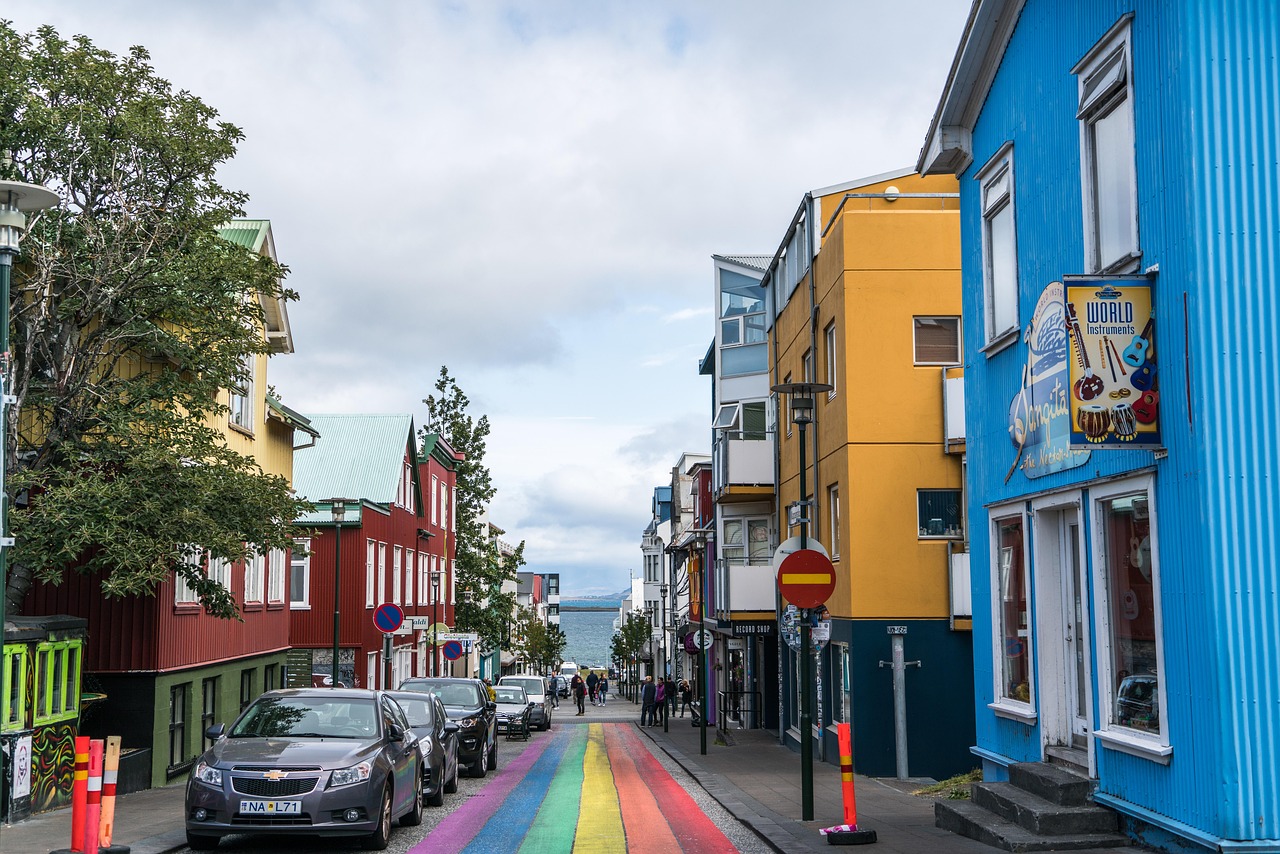
Iceland’s otherworldly landscapes—think thundering waterfalls, black sand beaches, and steaming geysers—are the stuff of dreams, but the costs can add up fast. In 2024, the average traveler spent about $200 per day, not including accommodation, according to the Icelandic Tourism Board. Rental cars or organized tours are often necessary to reach the country’s most iconic sites, as public transit options are limited outside Reykjavik. Weather is famously unpredictable, with sudden shifts from sunshine to snow or rain, so packing waterproof gear and warm layers is a must. Many attractions are remote, so filling up the gas tank and bringing snacks for the road saves time and money. The Northern Lights are a major draw, but even in winter, sightings can’t be guaranteed—patience and flexibility are key. Despite the expenses, there’s a certain magic to soaking in a geothermal pool under a sky alive with color, a reminder that some experiences are worth every penny.



